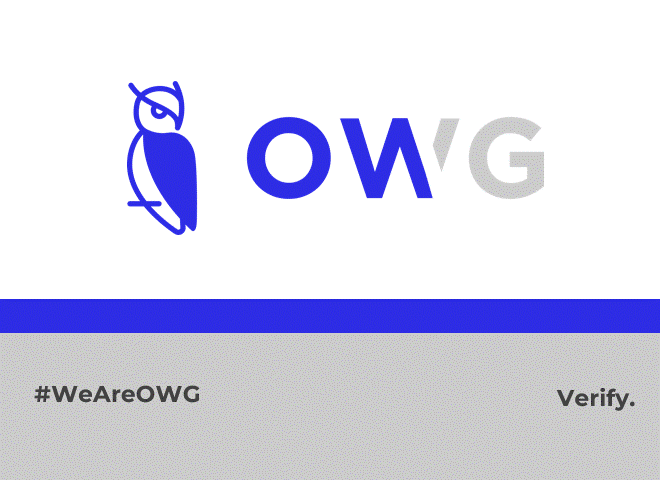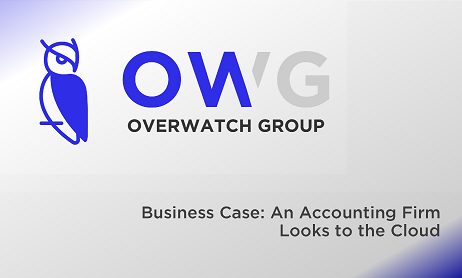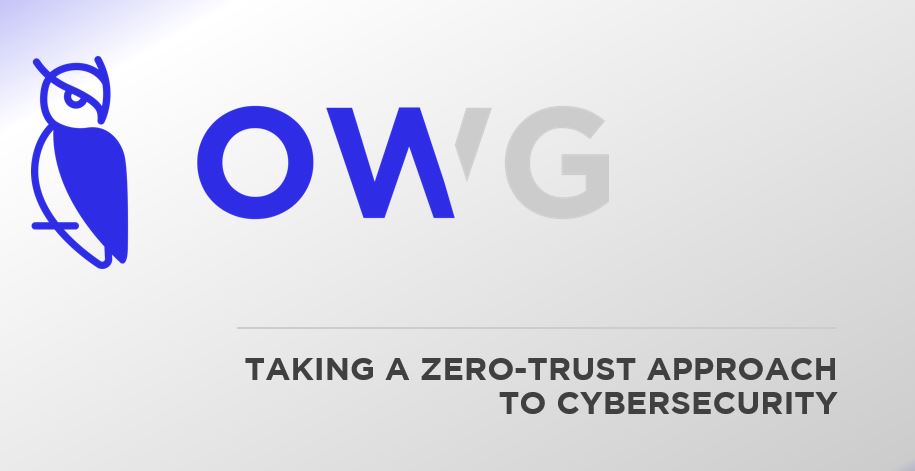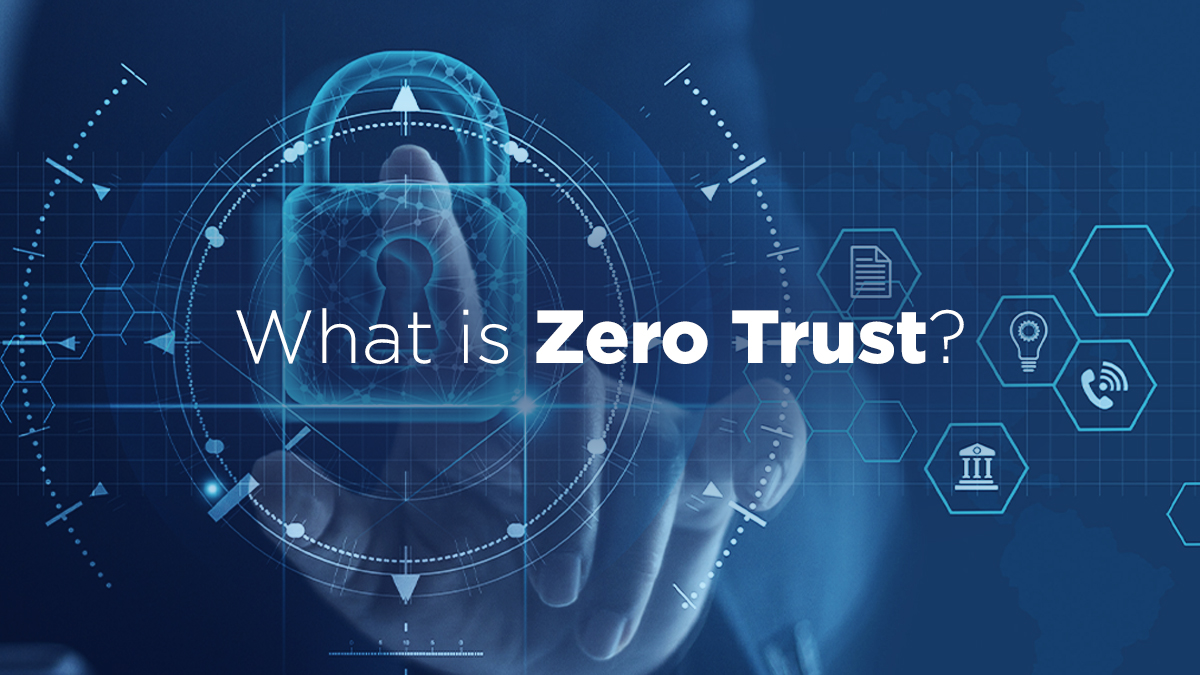Author: Mathew Mendel
Microsoft Azure features an ever-expanding set of cloud services to help your organization meet your business challenges. Its integrated cloud-computing services include analytics, computing, database, mobile, networking, storage, and web apps. All this leads to moving faster, achieving more, and saving money.
- Fast app delivery
Quickly develop, deploy, and manage your enterprise, mobile, web, and Internet of Thing apps anywhere with your choice of tools, language, or framework.
- Security
Ensure the safety and privacy of your apps and data through Azure Backup and Disaster Recovery, as well as more comprehensive compliance coverage
- Better decision-making
Make strategic decisions using predictive analytics and valuable insights
- Scalability
Seamlessly scale up or down with Azure according to your business cycles
Use Azure and free up your team and allow them to focus on where your firm can add value and great customer experiences.
Drop your info and get a free consultation today!
How do you protect your company from business email compromise (BEC)?
Here’s a tactic we call #Human2FA

Ever get an email asking for financial or banking information? Ever fall for it?
Today’s social engineering tactics are pretty good and more than a few corporate executives have fallen prey.
But there’s an easy way to stay a step ahead of the criminal and we call it Human Two Factor Authentication.
Watch the video, share it with your team and make verifying finical requests policy at your organization.
As hybrid work continues, here’s how we helped one NJ firm with a fast, easy, and secure Cloud.
Accounting firms are notoriously conservative, especially when considering offsite computing.
With high standards and a reputation for providing exceptional service through their highly-specialized staff, technology drives this firm. A highly respected institution among its peers, we integrated our Next-Gen Cloud and the staff has never been more productive.

Want to know how we did it? Drop your name and email below, and download the business case.
The push towards the Hybrid Office has been wreaking havoc on small and mid-market businesses since before the pandemic.
To address the growing complexities and meet the needs of employees and employers, we’ve developed a secure virtual-workplace solution that leverages Azzure Virtual Desktop (AVD) and accommodates the performance and security needs of your business.
Improve mobility
Virtualize employee access in the cloud, making it scalable, up-to-date, and available on any device
Ramp up security
Advanced security solutions help you control and manage identities, access, and prevent threats
Reduce costs
Simplify IT management and move away from and investment heavy CAPEX model to scalable OPEX
Boost productivity
Leverage a suite of collaboration and communication tools to improve productivity
Can today’s business leader explain what a vulnerability assessment actually is?
Like trying to explain what water tastes like, or defining the word “the”, we’ve found that while today’s business leader is quite familiar with the term “vulnerability assessment” few can explain what a vulnerability assessment actually is.
Even more, ask three IT professionals what a vulnerability assessment is and you’re likely to get three different answers.
So what is a vulnerability assessment? How often should you have one? How much should you expect to pay? And what’s the difference between a vulnerability assessment and a penetration test? .
Defining a vulnerability assessment as “the process of defining, identifying, classifying, and prioritizing vulnerabilities in computer systems,applications, and network infrastructures”, our friends at TechTarget have published an excellent article defining the process and detailing some of the finer points. Below is a summary of TechTarget’s publication, and a few of their highlighted best practices. (For a deeper dive into the process, check out www.techtarget.com/searchsecurity/definition/vulnerability-assessment-vulnerability-analysis)
As explained by Linda-Rosencrance of TechTarget, a vulnerability assessment can provide an organization with the necessary knowledge to understand and react to threats within its environment. Organizations of any size, or even individuals who face an increased risk of cyber attacks, can benefit from some form of vulnerability assessment, but large enterprises and high-target organizations (eg. insurance agencies, financial institutions, accounting firms, medical offices, law firms) that are subject to attacks will benefit most from a vulnerability analysis as they provide an organization details on any security weaknesses in its environment and direction on how to assess the risks associated with those weaknesses.
The process offers an organization a better understanding of its technology assets, security flaws and overall risk, thereby reducing the likelihood that a cybercriminal will breach its systems and catch the business off-guard.
Types of vulnerability assessments
· Network-based scans: Used to identify possible network security attacks. This type of scan can also detect vulnerable systems on wired or wireless networks.
· Host-based scans: Used to locate and identify vulnerabilities in servers, workstations or other network hosts.This type of scan usually examines ports and services that may also be visible to network-based scans. However, it offers greater visibility into the configuration settings and patch history of scanned systems, even legacy systems.
· Wireless network scans: Focus on points of attack within the organization’s wireless network infrastructure. In addition to identifying rogue access points, a wireless network scan can also validate that a company’s network is securely configured.
· Application scans: Test websites to detect known software vulnerabilities and incorrect configurations in network or web applications.
· Database scans: Identify weak points in a database to prevent malicious attacks, such as SQL injection attacks.
Vulnerability assessment vs. pen test
A vulnerability assessment often includes a penetration testing component to identify vulnerabilities in an organization’s personnel, procedures or processes. These vulnerabilities might not normally be detectable with network or system scans. The process is sometimes referred to as vulnerability assessment/penetration testing, or VAPT.
However, penetration testing is not sufficient as a complete vulnerability assessment and is, in fact, a separate process.
A vulnerability assessment aims to uncover vulnerabilities in a network and recommend the appropriate mitigation or remediation to reduce or remove the risks. It uses automated network security scanning tools, and lists the results in an assessment report. However, it does so without evaluating specific attack goals or scenarios. Organizations should employ vulnerability testing on a regular basis to ensure the security of their networks, particularly when changes are made. For example, testing should be done when services are added, new equipment is installed or ports are opened.
Penetration testing, in contrast, involves identifying vulnerabilities and attempting to exploit them in order to attack. Although sometimes carried out in concert with vulnerability assessments, the primary aim of penetration testing is to check whether a vulnerability really exists and infiltrate the organization. In addition, penetration testing tries to prove that exploiting a vulnerability can damage the application or network.
Finally, while a vulnerability assessment is usually automated to cover a wide variety of unpatched vulnerabilities, penetration testing generally combines automated and manual techniques to help testers delve further into the vulnerabilities and exploit them to gain access to the network in a controlled environment.
For more information or to discuss how a vulnerability assessment can help your organization just complete the form below or set a time to connect.
Portions of this article were written by Linda-Rosencrance and published by TechTarget at www.TechTarget.com/searchsecurity/definition/vulnerability-assessment-vulnerability-analysis
What will it take for your business to make the jump to the Cloud?
For this exceedingly traditional Los Angeles-based law firm it was a global pandemic and state lockdowns that almost brought the business to a stand-still.
A dynamic leader in the space, this entertainment law firm serves the hottest names in the music business and reps hundreds of artists across all facets of their career. They provide a level of attention that allows their clients to navigate touring agreements and deals with major labels.
We’d been advising the partners on the risks associated with on-premise equipment and the benefits of Cloud technology. But, with no serious disruptions, their reluctance to embrace new technology meant they would continue to operate at a disadvantage.

Want to know how we did it? Complete the form below and download the business case.
As a distinguished IT services firm, we pride ourselves on great tech support!
Have you ever submitted a help desk ticket only to never hear back, or hear back and not have a solution to your problem?
A strong IT services desk increases productivity and sets up your business for success.
Don’t take our word for it…check out what our partners have to say:

To read all client reviews, see our Google Business pages at:
Overwatch Group – IT Services Los Angeles on Google
Overwatch Group – IT Services New Jersey on Google
As the business community faces down cyber threats, one medical office is defending itself with a Zero Trust approach to cybersecurity
Physicians have always been at the front of the line when it came to technology integration. Among the first to realize the benefits wearing a pager, having a cell phone, using a tablet, and essentially digitizing their business, doctors and researchers are typical early adopters of mobile, Cloud and IOT systems.
As attacks on the healthcare industry make weekly news, personal information (PII) floods the black market, and steep fines take their toll,doctors and practice administrators wonder what they can do differently.
A holistic strategy, a Zero Trust approach to cybersecurity means that you:
1) Verify Explicitly
2) Use Least Privilege
3) Assume Breach
Want to learn more? Complete the form and download the business case.

As cyberattacks on midsize firms prove inevitable, are you ready to be hit?
A strong defensive posture minimizes exposure, limits collateral damage and protects client privacy.
We’ve been providing IT consulting and technology services to the mid-size business community since 1999, and from basic firewalls to advanced breach detection systems we absolutely guarantee there’s no shortage of security products designed to protect the enterprise.
But third party/supply chain attacks have changed this game. Drastically. And, from the most basic user training videos, to a 24×7 monitored security and information management (SEIM) system, there’s not one thing a business can do to protect data when its business management system, ERP or CRM is breached. Bottom line – every business on the planet relies on third-party software and there’s simply no safe place to hide. Boo!
Since shutting down shop isn’t an option, we must, as always, take up this threat and face it head on!
As we wrote in an post about Zero Trust Cybersecurity, you can only worry about what’s within your control. Since fully defending against this attack isn’t possible, we can only protect our organizations and prepare to be attacked.
1. Deploy a multi-layered detection and response approach. Multisyllable marketing jargon aside – as quickly as possible, you need to know you’ve been breached, and you need a post-attack response plan (or plans). “Honeytokens” or virtual trip wires setup to alert organizations of suspicious activity in their network are a great tool. If a being breached is bad, not learning about it till days or weeks after it happens is worse and not knowing what to do next can be catastrophic. www.upguard.com/blog/how-to-prevent-supply-chain-attacks
2. Include threat hunting as regularly scheduled IT maintenance. As described by our partners at SentinolneOne, threat hunting is quite a different activity from incident response (IR). While IR methodologies aim to determine what happened after a data breach, a threat hunting team searches for attacks that have slipped through your defensive layers to help you find adversaries hiding in your network before they can execute an attack or fulfill their goals.
3. Work with a SIEM solution that offers automated remediation actions. A security information and event management (or SIEM) is a cybersecurity solution that collects and converges data from different parts of your IT environment with the intent of monitoring your firm’s security levels. Providing advanced visibility and insight into your users, endpoints, traffic, activity, and more, a SIEM enables you to maintain oversight into your network and beyond the perimeter as your company scales.
4. Log capture and file retention for critical infrastructure. As detailed in this whitepaper from the National Institute for Standards & Technology (NIST) nvlpubs.nist, log management is essential to ensuring that computer security records are stored in sufficient detail for an appropriate period of time. Routine log analysis is beneficial for identifying security incidents, policy violations, fraudulent activity, and operational problems.
5. Encryption for all data. In cryptography, encryption is the process of encoding information or sensitive data so only authorized parties can access it. While encryption can’t prevent criminal activity or third-party attacks, it does deny intelligible content to the interceptor. For more on encryption, we recommend this article published by UpGuard www.upguard.com/blog/encryption.
6. Use two-factor/multi-factor authentication. With two-factor authentication enabled, criminals who do gain access to user login credentials aren’t automatically granted entry. A key element to a Zero-Trust Security framework, multi-factor authentication requires users validate their identity to provide that extra layer of security.
Above all, at OWG we believe cybersecurity will always come down to your corporate culture and your posture – on your toes, knees bent, arms ready. Stay sharp, be prepared and have your plan in place and you’ll have an advantage and typically able to weather the storm. The complacent or unprepared will get swallowed.
For more information, or to set a time to speak, drop your name and email below and we’ll reach out.












